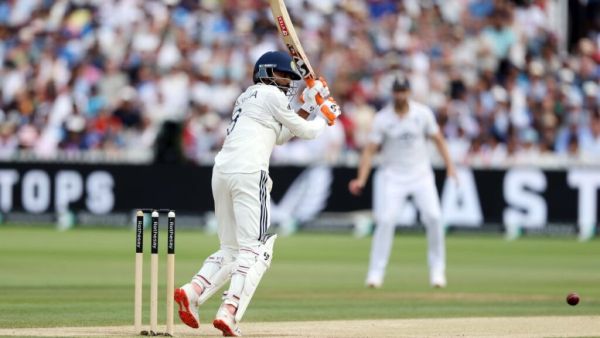On the fourth day of the Test match being played between England and India, the expectations of England’s historic victory were shocked when chasing the target of 608 runs, the team scored 72 runs for 3 wickets till the stumps. The brilliant start with the new ball of Mohammad Siraj and Akash Deep from India brought the hosts to the backfoot. However, the biggest controversy of this day came out about the route being out.
Route out of controversy
Just before the game ended, Akash Deep bowled Joe Root on a full and angle ball. The route was able to score only 6 runs off 16 balls. But his dismissal later became the cause of controversy, as it became clear in the replay that the bowler’s back leg was out of the crease, which was ignored by the umpire.
BBC commentator Alison Mitchell said that at the time of bowling, Akash Deep’s back leg was about two inches out of the return crease line, which should have been considered no-ball as per ICC rules. He said that it was a clean no-ball that the umpire did not hold.
What do ICC rules say?
There are two types of creases in cricket. Popping crease and return crease. The front leg of the bowler is taken care of at the popping crease, while the return leg is to the return crease. According to Rule 21.5 of MCC, the bowler’s back leg should remain inside the crease and should not have contact with the line. If the back leg touches the line or is outside, it is no-ball.
The front-foot no-ball on the field takes the on-field umpire, while the back-foot no-ball is responsible for the third umpire. But this time this lapse by the third umpire was heavy for England.









